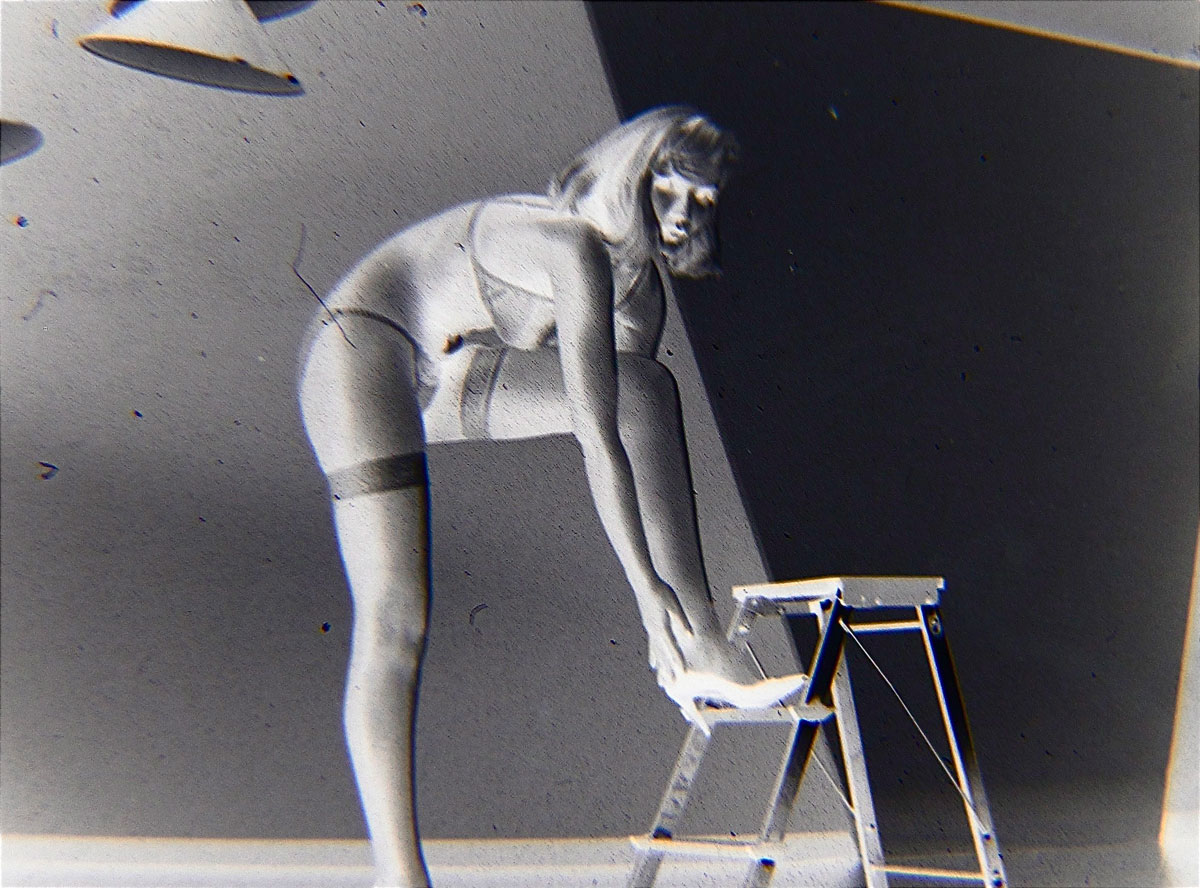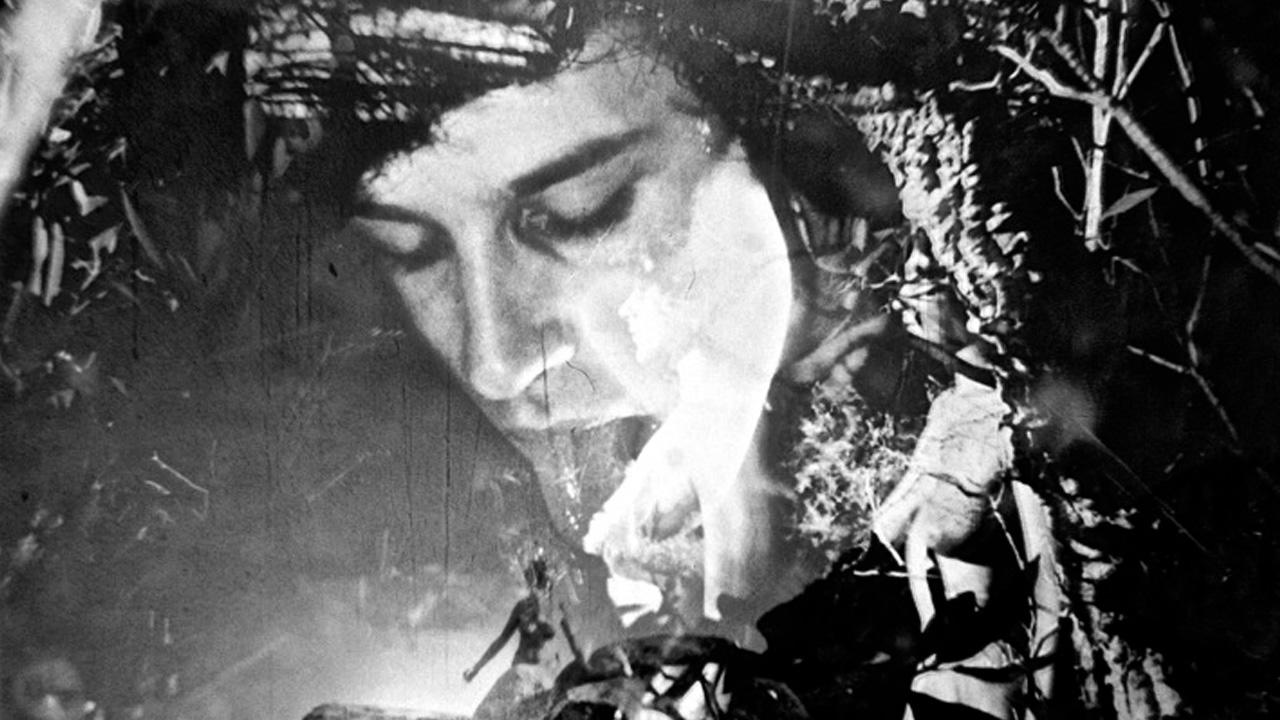Focus
Peter
Tscherkassky
Part 2
Analog Screening
Tscherkassky
The focus presents a retrospective about Peter Tscherkassky, in conversation with the curator and film historian Federico Rossin, around the idea of Found Footage as a peculiar film technique to explore media imagery as a resource to be raided and reused. Found Footage belongs to that tradition of modernist art , such as the dadaistic readymade and photomontage, for instance, that is using collage as a deconstructive technique to rethink reality and its media representations. In apprehending consumer culture, Found Footage operates a détournement upon reality. A specific form of cinematic and photographically-based appropriation that tends to contrast dominant imagery by creating counter images and filmic subordinates.
Fracto presents it in a 2-night all analog program.
Peter Tscherkassky
Peter Tscherkassky (Vienna - 1958) is an Austrian avant-garde filmmaker who mostly works with Found Footage. From 1989 to 2002, he taught artistic filmmaking at the Linz University of Arts and Industrial Design. Since 1998 he has taught “Audiovisual Communication/Film” at the Vienna University of Applied Art. The common point of his production dwells in the structural criticism of the conventions that rule narrative cinema. In this regard, Tscherkassky forces the audience to rethink the traditional conception of film.
Sun 24 Oct
22:10 - 23.40 / ACUD KINOPeter Tscherkassky
PARALLEL SPACE: INTER-VIEW
1992 / 16mm /b&w / sound / single screen / 18' 00

Parallel Space: Inter-View was made using a still camera. The photograph produced by a 35mm camera corresponds exactly to the size of two film frames. If the negative of a photograph is projected sideways, two film frames are seen: first the upper and then the lower half of the original photographic image is projected. Its temporal and spatial unity disintegrates into pieces which then start corresponding with each other.
In 1985, I came up with the concept for a film which was to be produced with a photo camera. I can no longer remember when I first noticed that the size of a 35mm miniature negative is exactly the size of two film frames. For my film "Manufraktur" in 1985 I was still using some sequences of serial photographic pictures. In the following years I made further trial pictures for a film which was to be produced solely in the photo camera and which was meant to reflect this method of production.
Peter Tscherkassky
Peter Tscherkassky
COMING ATTRACTIONS
2010 / 35mm / b&w / sound / single screen / 25' 10

"Avant-garde film is attributed with a spiritual affinity to early cinema, also known as the 'Cinema of Attractions'. This notion touches upon the exhibitionistic character of early film, the undaunted show and tell of its creative possibilities, its direct connection to the audience. At the same time, elements of early cinema have been preserved in advertising, such as its frontal address of the camera and bald use of cinematic 'tricks'. Coming Attractions seeks to humorously excavate the subterranean rhizomes of a mutual genealogy and to celebrate the trinity of early cinema, avant-garde film and advertising" -
Peter Tscherkassky
Peter Tscherkassky
THE EXQUISITE CORPUS
2015 / 35mm / b&w / sound / single screen / 19' 05

In 1925 Surrealists in Paris started to use a writing and drawing technique they called “Cadavre exquis”, which translates as “The Exquisite Corpse”. That technique engages several participants to blindly collaborate in the creation of a single unified image or sentence: One person would write a word or draw part of a body on a piece of paper, fold it over and pass it on to a next participant who would add another piece without seeing what had come before, hand it over to the next person, and so on. The result was a highly synthetic sentence or picture, a composition in the original sense of the word: joined elements, sourced from different origins. The name of this technique was taken from one of the first sentences it produced: "Le cadavre exquis boira le vin nouveau", – "The exquisite corpse shall drink the new wine." While I derived most of my films exclusively from a single found footage source, The Exquisite Corpus is based on several different films, referencing the surrealist “exquisite corpse” technique.
Peter Tscherkassky